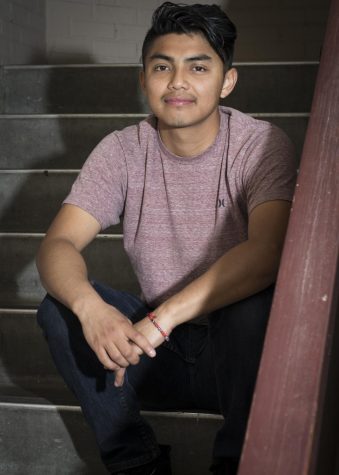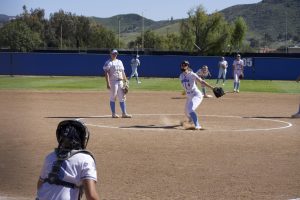History professor dedicates career to documenting the lives and accomplishments of America’s ethnic pioneers
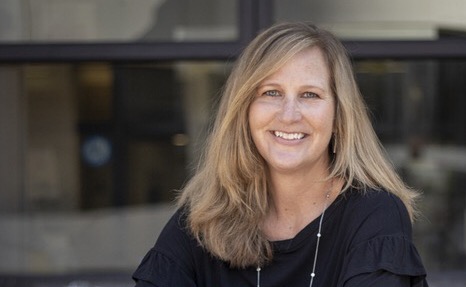
Professor Patricia Colman poses for a photo on Thursday, April 25, on the steps of Fountain Hall. Colman has been a Moorpark faculty member for 14 years. Photo credit: Evan Reinhardt
May 15, 2019
In America, the subject of race has been a controversial topic for decades. However, a Moorpark College history professor is challenging those controversies head-on. Not only is she bold enough to provoke a student’s perspective on race, but her scholarly research is aiding in the dismantling of the notion that America was founded solely by white British settlers.
Patricia Colman has been teaching history at Moorpark College for 14 years, but recalls having a passion for the subject since childhood. Her passion for history led Colman to earn an MA in History and also an MA in American Indian Studies. According to Colman, she hit the jackpot when she landed a job at Moorpark College back in 2005 and has since adored every moment.
“I absolutely love it. I don’t ever want to leave from here,” Colman said. “When a student says ‘I used to not like history, but now I do,’ those are the moments I live for.”
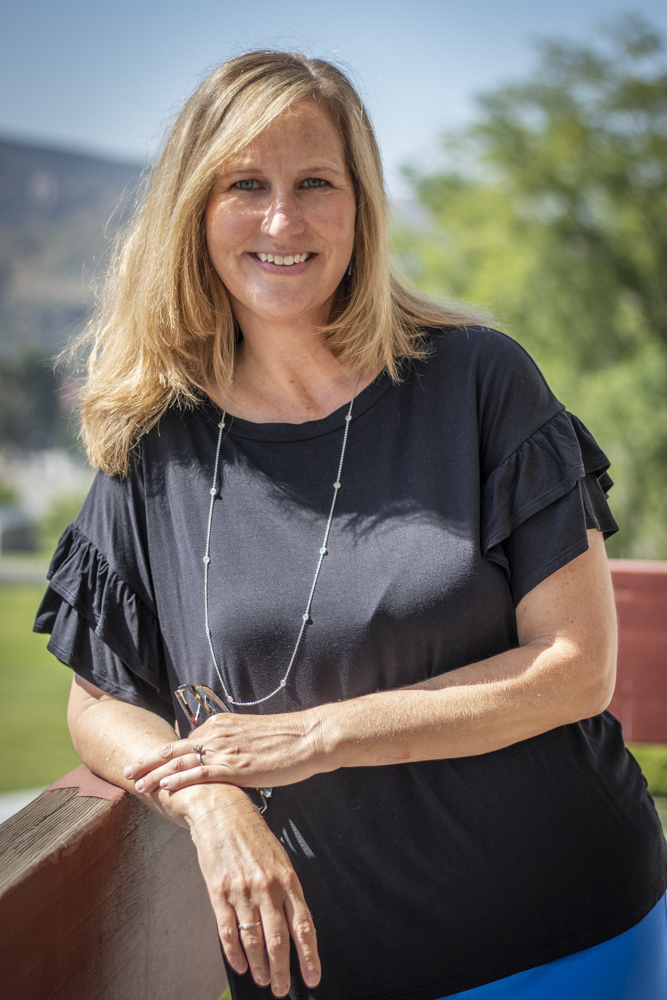
Aside from teaching transferable American history, Colman created a curriculum for an elective history class titled “Race & Ethnicity,” which focuses on important minority figures that have been deliberately left out of American history.
Originally, when Colman introduced the class to Moorpark’s faculty, it was supposed to be named “Race & Gender.” However, the school felt like that would’ve been too provocative, said Colman. After renaming the course and rethinking its material, Colman cites receiving tremendous support from Moorpark.
“It was a class that I thought was important to teach,” Colman said. “I think the real problem in today’s world is that people do not know how to talk about race. That’s why it’s important.”
Hugo Hernandez, a Moorpark College history professor has known Colman for nine years and is if a firm believer that Colman’s “Race & Ethnicity” is one of the best history electives students can attend.
“Viewing the issues of race and ethnicity through the lens of the past offers students the opportunity to see how other people understood the issues before them,” Hernandez said. “It also allows students to consider what has changed and what has stayed the same, and to think about what they might do to make the changes they want to see in the world.”
Another longtime friend of Colman and English professor of Moorpark College, Nils Slattum is grateful to share a professional friendship with Colman. According to Slattum, he and Colman became close when they were apart of a program at Moorpark College named NFO, “New Faculty Orientation.”
Much like Hernandez, Slattum applauds Colman’s determination for teaching such a sensitive class.
“I think if you take a class about race, like Patty’s, you can become less bias. Especially at this moment in our history,” Slattum said. “Professor Colman is a very bold woman who I think wouldn’t be afraid to teach such a provocative class about race.”
Throughout her career, Colman has uncovered lost individuals in our history who have influenced many communities around LA County. Take John Ballard for example, he was an African-American man who moved from Ky. to Calif. as a slave before 1859. According to Colman, Ballard gained a respectable amount of wealth early on in Calif. for a former slave.
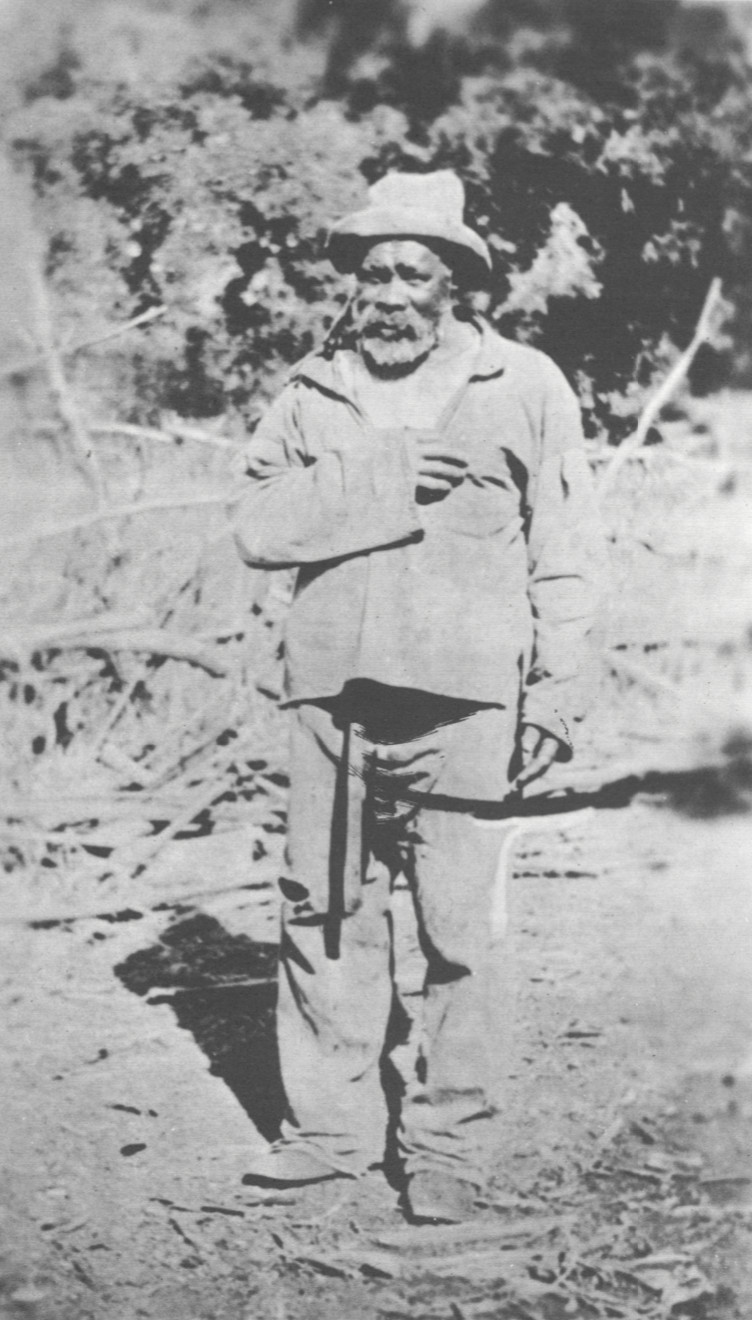
It is unknown how Ballard got to Calif., but what is certain is that Ballard was the first African-American to reside in the Santa Monica Mountains near Agoura Hills. Ballard even co-founded the First African Methodist Episcopal Church of Los Angeles. But after hitting hard times, Ballard became a homesteader and after his death, the valley in which he lived in was remembered as “Negrohead Mountain.” It wasn’t till 2010 when city officials changed the name of the mountain valley to “Ballard Mountain.”
Without Colman’s dedication and research, Ballard’s impact in the community would have been lost in time.
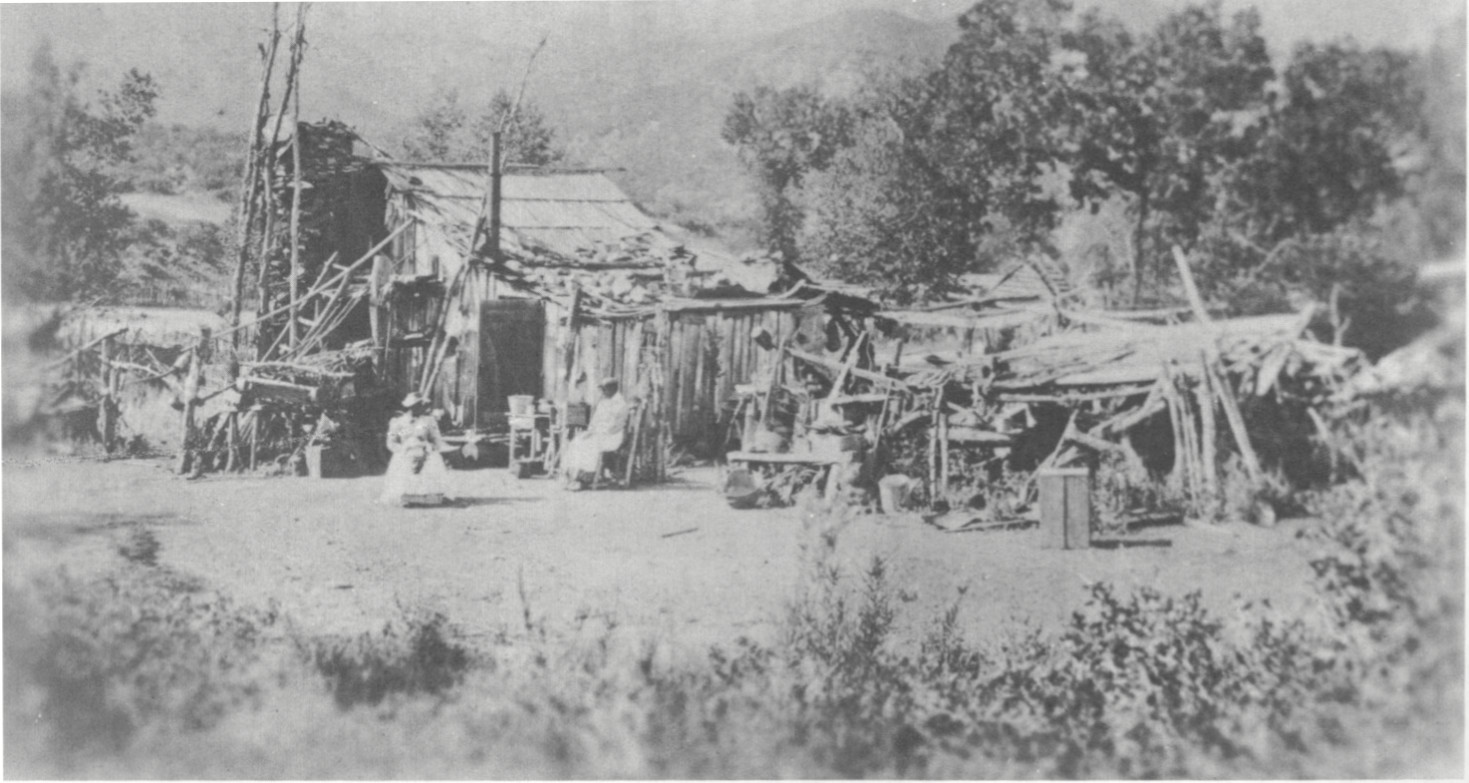
Gary M. Brown, a program manager for the National Park Service, believes local people should not overlook Colman’s work. The history of John Ballard pertains to their community, they shouldn’t ignore it, said Brown. He also supports Colman’s spirit to teach a class about race.
“Patty Colman has done great work in keeping Ballard’s legacy alive,” Brown said. “I think with her research, Mrs. Colman is answering questions you won’t find in school books.”
Hernandez also spoke about Colman’s spearheading investigation.
“Her [Colman’s] work is deeply important to the historical memory of the individuals and political climate of early Los Angeles as it developed from a small town to a metropolis,” Hernandez said. “Ballard’s story is a wonderful reminder of the power that historians wield to inform communities about their past.”
Currently, Colman is on sabbatical leave but is continuing her research about lesser recognized historical figures. According to Colman, two years ago there was a discovery of artifacts that may have belonged to Ballard’s daughter, Alice.
Colman hopes to do a deep analyzation of women like Alice Ballard who were homesteaders.
“My work has largely been about disproving that notion [of white America] and sharing the true history of our nation,” Colman said. “I think it is imperative for the future success of the United States that we reconcile this myth with our true history- a history that is diverse, wonderful, and inspiring.”



